I’m going to let you in on a little secret. Religious art is not my favorite. Gasp! Shock! Dismay! I know. But other Love Remains.
“The Virgin and Child”, The Master of Klosterneuberg, c.1335
Masterpieces
Certain works created during the Renaissance are, no doubt rightfully considered masterpieces. I am thankful to have seen a great many of these esteemed classics with my own eyes.
Prior to the Protestant Reformation in the 16th century, it was a commonly accepted belief that through the act of indulgences (whether through financial payment or the act of good works) one could reduce the time of penance for sins. As such the creation of religious art was deemed an acceptable form of payment.
However, this was also the time of the Black Plague and religious wars. Death was always knocking at one’s door. People were scared and miserable. Such emotion often showed up in the faces of artistic subjects.
Not exactly a visual recipe of unicorns and rainbows for the viewer.
“Madonna and Child”, Workshop of Lorenzo di Credi, c. 1490-1500
But beyond the doom and gloom, there is a beauty to behold.
“The Coronation of the Virgin and Saints”, Cenni di Francesco di Ser Cenni, c. 1390’s
Sheer Artistry
A closer look at the panels of this altarpiece allowed me to gain an appreciation of the sheer artistry. I also noticed that time had perhaps worn away sections of one panel or it may have been damaged when it was removed from the church wall where it had once been proudly displayed.
It is interesting to consider that the church that no longer appreciated this artwork is now probably gone but by being discarded the artwork remains.
On the same altarpiece, I focused in on a Saint that held an illuminated manuscript.
Illuminated Manuscripts
In the time before the invention of the printing press in 1440 written works were created by hand page by page. It took years of painstaking labor to create “a book”. Given that 90% of the general population was illiterate it was typically monks who created such works of art. Most often for noble families or the religious elite who could read as well as afford the high prices such works commanded.
Below is a page from a prayer book of Cardinal Albert Albrecht of Brandenburg, German text, c. 1525-30.
Historical Note: It was an act of then Archbishop Albert’s that brought on the Protestant Reformation. Albert borrowed money to purchase his pallium ( a church vestment/robe). He then sold indulgences (pardons for sin) to the people in his diocese to obtain funds to repay this loan. The church approved as long as half of the collection was forwarded to the Papacy. This so infuriated the monk Martin Luther that he was driven to write his famous 95 Theses (a list of abuses by the church) and nail them to the door of Castle Church in Wittenburg in 1517. He also sent it to Albert who in turn sent it to Rome. Rome eventually excommunicated Martin Luther from the church but the wheels were set in motion for the birth of Protestantism.
The illuminated manuscript below was so tiny it could fit in the palm of a hand.
Prayer book created by Sir John Fastolf, text in Latin, c. 1430-40.
True Treasure
For all it’s gloriousness it is now unknown who this manuscript was created for. It seems unreal given that this artwork would have been a true treasure for its owner. It was a show of financial wealth and scholastic knowledge that he would have been proud of. The manuscript probably would have been given a place of honor in his home.
Yet his name is now lost and only the text remains.
A few days after my visit to the Getty I learned that a dear friend’s childhood home had burned to the ground. My eyes filled with tears as I thought about how she and her three siblings had already lost so much. Their parents have gone to glory at a fairly young age and now the place of all their childhood memories had been transformed to smoldering ashes.
As I went to hug her I was reminded and made thankful that her precious memories could never be taken from her. The love of her family would always remain in her mind and heart.
“The Holy Family with Saints Anne, Catherine of Alexandra, and Mary Magdalene”, Il Nosadella, c.1560’s
Such is life. Names and places can be erased with time.
“The Rest on the Flight to Egypt with Saint John the Baptist”, Fra Bartolommeo, c. 1509
Love Remains
But love not only remains, it also endures.
“Madonna and Child with Saint Anne in a Landscape”, Workshop of Leonardo da Vinci, c.1508/10-1513
Focusing on love,
Laura
“And now these three remain faith, hope, and love. But the greatest of these is love.” ~ 1 Corinthians 13:13
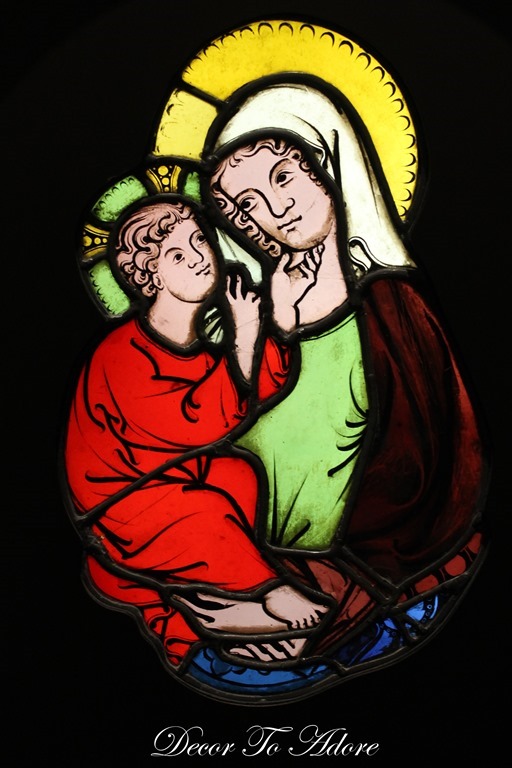

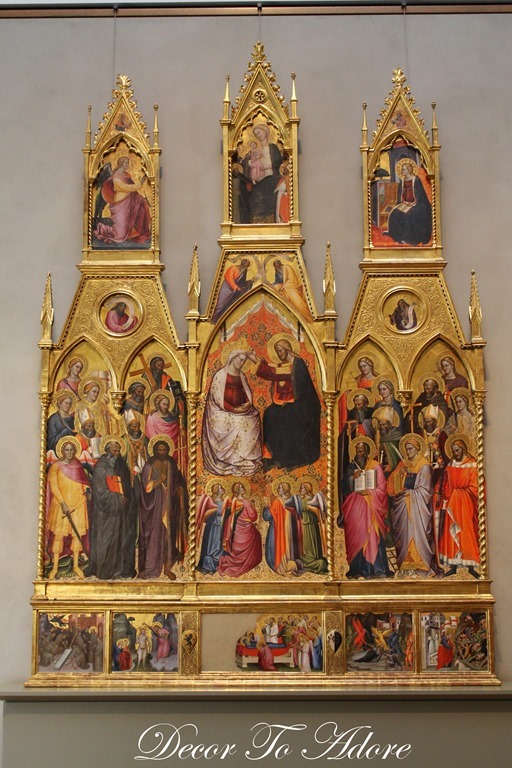


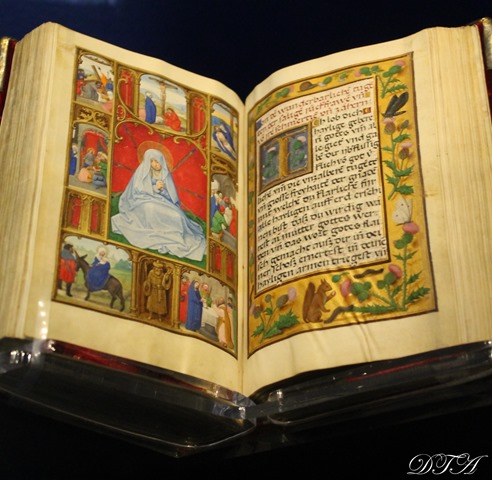
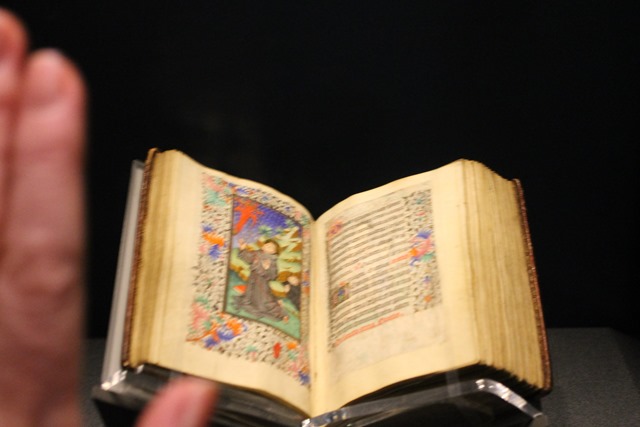
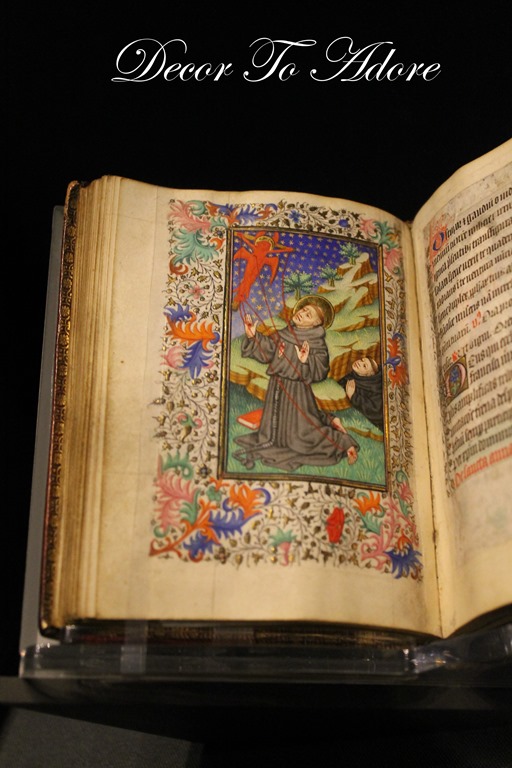
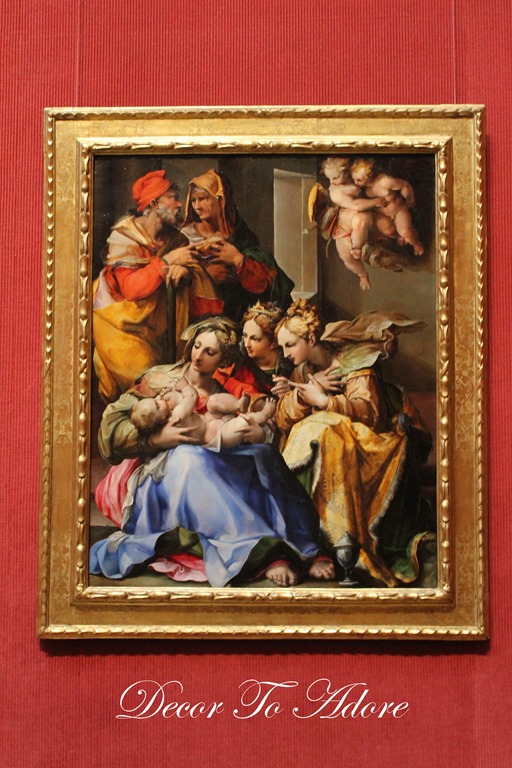
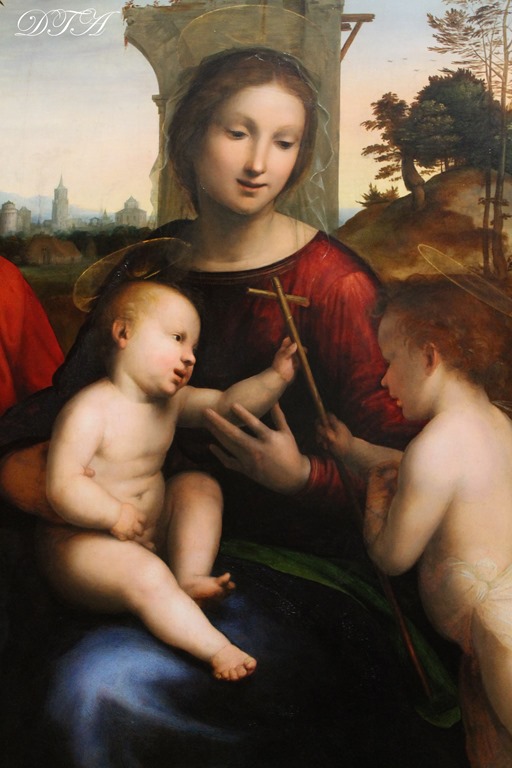

Hi Laura, I really enjoyed this post. So sorry to hear about your friend. We recently had a terrible earthquake here in Italy and many lives were lost along with the homes of many people. As you rightfully say, material things can be taken away but love and memories are there forever. Have a happy Sunday.
…but the text remains.
I couldn't get out of the religious section of the National Gallery soon enough. So many paintings of “Dead Jesus on the Cross” and…paintings where John the Baptist looked like he was so much older than Jesus when they were in the Wombs of Mary and Elizabeth at the same time. Not much artwork on the resurrection. Sorry to go on and on. The things that can't be taken from us are good things to reflect on. Sorry about your friend's childhood home.
Some religious art (like the beautiful Madonna and St. Anne — so glad you included it!) and Della Robia's work — inspires me, as do the beautiful illuminations in books (but then, is that any surprise?) But then some — well, gloomy and dark and a bit scary. The paintings you chose here have such lovely work.
My sympathies to your friend. I can imagine few things worse.
Beautiful post of lovely art.
Sorry about your friend's home.
So sorry about your friend's home but in the big picture our material possessions cannot compare to the love of one's family.
I love all of your art posts. I know that you are busy with school but if you have never watched the movie The Monuments Men or read the book you MUST put it on your list!! After seeing the movie my daughter planned our trip to Europe to see several of the rescued pieces of art and we would love to see more!